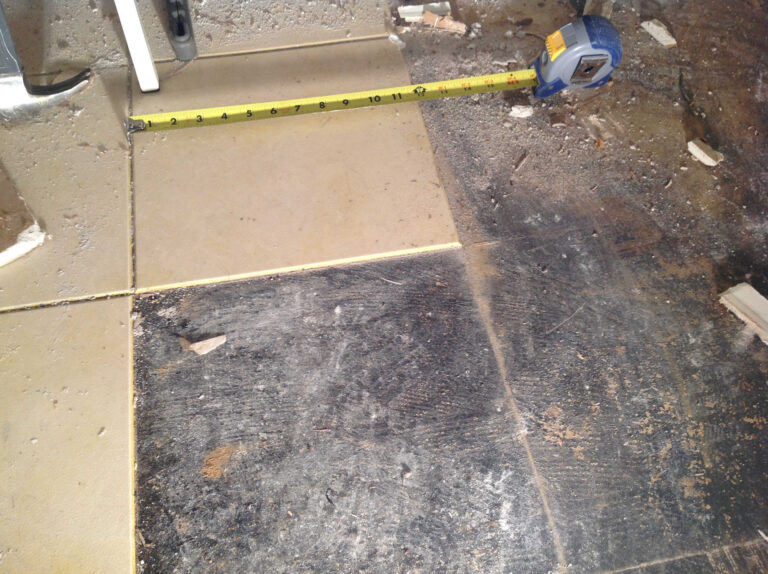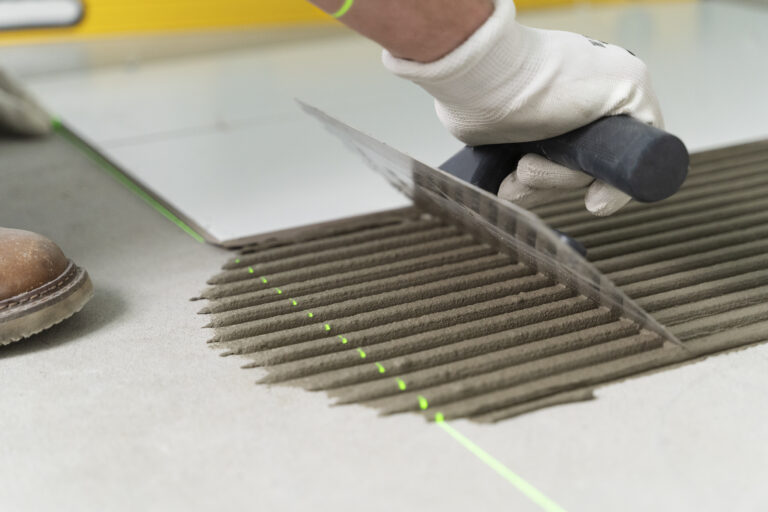Adhesives: 4 basic types of tiling systems
Tiling systems and adhesive selection are vital aspects of any renovation or construction project. These elements greatly affect the quality and durability of construction. In this article, we will compare different types of adhesives used in tiling operations.
Adhesive ingredients
We make tile adhesives from a variety of materials and compounds that possess adhesion and cohesive properties. The components of these materials vary depending on the type of adhesive and its different uses.
1. Cement and sand: Cementitious tile adhesives include a mixture of cement and sand. These materials also include other additives such as polymers to enhance adhesion and durability properties.
2. Polymers and resins: Many tile adhesives rely on polymers and resins as the main ingredient. These polymers include polyurethane, epoxy and acrylic, which enhance adhesion strength and give flexibility and durability to the adhesive.
3. Natural materials: Some tile adhesive materials use natural ingredients such as latex and gum arabic. We distinguish these materials by their high availability and excellent adhesive properties.
4. Other chemicals: Some tile adhesives may contain other chemicals such as solvents, preservatives and plasticizers that help in improving the properties of the adhesive and tailoring it to the particular application.
4 basic types of adhesives for tiling systems
The properties of tile adhesives vary according to their ingredients and chemical composition. This means we can customize them to meet the needs of specific applications, such as installation in wet environments, or under extreme outdoor conditions. We can also customize it for use in interior decoration applications.
1- Cement adhesives:
These types are the most common, as they consist of a mixture of cement, sand and polymers. We characterize this material by its high strength and ability to withstand heavy loads. These materials provide high holding strength for tiles and have good durability in wet environments.
2- Flexible rubber adhesives:
We use these materials in areas that are exposed to changes in temperature or humidity. We characterize it by its ability to expand and contract with weather changes, which reduces the risk of cracking tiles. This material provides good flexibility and water resistance with good holding power on most surfaces.
3- Acrylic adhesives:
We use it in projects that require quick completion. Acrylic tile adhesives adhere quickly, allowing you to walk on the tiles within a few hours of installation. These materials dry quickly while providing good fixation and good resistance to moisture.
4- Epoxy adhesives:
Epoxy tile adhesives are used in projects that require high resistance to chemicals or water. It is characterized by its high strength and resistance to stains. These materials provide exceptional holding strength, withstand high temperatures, and resist chemicals and corrosion.
In conclusion, contractors and engineers should choose appropriate tile adhesive materials according to the project requirements and environmental conditions. When you choose the right adhesives, you can achieve high-quality results and ensure proper tile installation.






